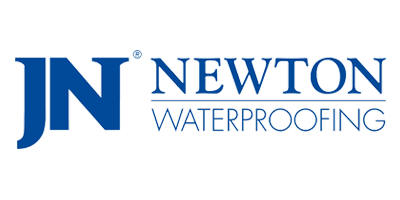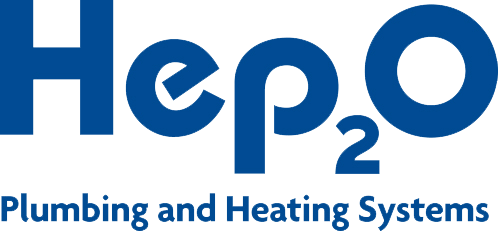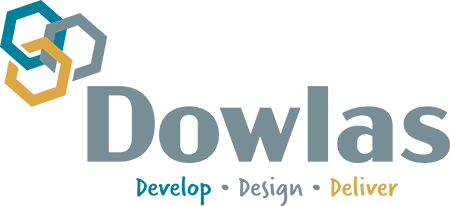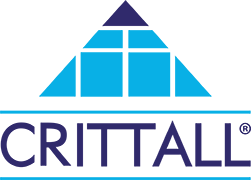The ABCs of Marketing Jargon
Foundations you’ll hear in Purplex planning sessions and reports.
1. Full-Service Agency
A marketing agency offering all major services in-house from branding and PR to SEO, PPC, social media, and web design. This unified approach means all campaigns are consistent, with a single point of contact. Purplex example: We’re a full-service agency, ensuring your strategy, creative, and delivery are perfectly aligned.
2. Integrated Marketing
A coordinated marketing approach where multiple channels work together to deliver the same core message. This improves brand recall and maximises ROI. Purplex example: We combine PR, PPC, and SEO for product launches to reach trade, consumer, and search audiences simultaneously.
3. Multi-Channel Campaign
A campaign delivered across more than one medium, such as paid search, email, and trade press. This allows you to reach people where they are most active, reinforcing your message through different touchpoints.
4. Campaign Brief
A written document detailing the objectives, audience, timelines, and deliverables for a campaign. It keeps all stakeholders aligned. Purplex example: Every project starts with a detailed brief agreed with the client before creative work begins.
5. Creative Concept
The central theme or idea guides campaign visuals, copy, and messaging. A strong concept ensures consistency across all outputs.
6. Content Calendar
A schedule showing when and where content will be published. It supports consistency, seasonal relevance, and resource planning. Purplex example: We build quarterly calendars for glazing and construction clients to match seasonal buying patterns.
7. KPI (Key Performance Indicator)
A measurable metric showing whether a campaign is meeting its goals. Examples include leads generated, conversion rates, or cost per acquisition. Purplex note: We tailor KPIs to client objectives so success is measurable and meaningful.
8. Marketing Funnel
A model representing the stages customers move through before purchase: awareness, consideration, and decision. Campaigns should provide the right content at each stage.
9. Touchpoint
Any interaction a potential customer has with your brand, from seeing an ad to visiting your website or meeting at a trade show.
10. LeadTracker
Purplex’s in-house lead management system captures, tracks, and monitors enquiries, ensuring prompt follow-up and better sales conversion rates.
Digital Marketing Jargon
Terms linked to our SEO, PPC, and digital advertising work.
11. SEO (Search Engine Optimisation)
The process of improving a website so it ranks higher in search engine results, driving more organic traffic, is at the heart of our SEO services. It involves technical improvements, keyword targeting, and high-quality content creation.
12. PPC (Pay-Per-Click)
A paid advertising model where you pay each time someone clicks your ad. Popular platforms include Google Ads and Microsoft Advertising. Our PPC services help businesses maximise their return on ad spend.
13. Organic Traffic
Visitors arriving via unpaid search results. Growing organic traffic often requires a long-term SEO strategy.
14. Meta Title
The clickable headline is shown in search engine results. Well-written titles improve click-through rate and SEO performance.
15. Meta Description
The short summary is below the meta title in search results. It should include target keywords and a compelling reason to click.
16. Conversion Rate
The percentage of visitors completing a desired action, such as filling out a form or making a purchase. Higher conversion rates mean better campaign efficiency.
17. Landing Page
A standalone web page created for a specific marketing campaign. It is designed to encourage a single action, such as downloading a brochure or requesting a quote.
18. Bounce Rate
The percentage of visitors who leave your site after viewing only one page. A high bounce rate can indicate poor content relevance or user experience.
19. Call to Action (CTA)
A statement or button encouraging users to take a specific action, like “Book a consultation” or “Get a quote”.
20. Remarketing
A tactic that shows ads to people who have already visited your site or interacted with your content, encouraging them to return and convert.
PR & Communications Jargon
Key terms from our public relations and media campaigns.
21. Press Release
A written statement sent to media outlets to announce news, events, or achievements is a key part of our PR services.
22. Media Outreach
The process of contacting journalists, editors, and influencers to secure coverage for your brand.
23. Thought Leadership
Establishing a person or brand as an authority in their field through articles, interviews, and speaking engagements.
24. Media Kit
A package of information and assets for journalists, including company background, bios, logos, and imagery.
25. Earned Media
Coverage gained through PR and editorial mentions rather than paid advertising.
26. Owned Media
Channels you control, such as your website, blog, and social profiles.
27. Paid Media
Advertising you pay for, such as display ads, sponsored articles, or paid search.
28. Brand Narrative
The overarching story a company tells about its mission, values, and purpose.
29. Stakeholder Communication
Sharing important updates and information with key audiences, such as investors, staff, and customers.
30. Crisis Communication
Managing your brand’s response to negative events to protect reputation.
Web & UX Jargon
Language from our website design and development services.
31. CMS (Content Management System)
Software that allows you to create, edit, and manage website content without needing coding skills.
32. Responsive Design
A design approach where websites automatically adjust to different screen sizes and devices.
33. Wireframe
A basic visual guide showing a web page’s structure before design and content are added.
34. UX (User Experience)
The overall experience a visitor has when interacting with your site, including ease of use and satisfaction.
35. UI (User Interface)
The visual and interactive elements of a website, such as menus, buttons, and forms.
36. A/B Testing
Comparing two versions of a page or element to see which performs better.
37. Page Speed
The time it takes for a web page to load. Faster speeds improve SEO and user engagement.
38. Heatmap
A visual representation showing where users click, scroll, and hover on a page.
39. Mobile-First
Designing for mobile devices before scaling up for larger screens.
40. E-Commerce
Online buying and selling of products or services, often via platforms like WooCommerce or Shopify.
Strategy & Data Jargon
Terms from our planning and analytics work.
41. Brand Positioning
How your business is perceived relative to competitors, based on factors like price, quality, and service.
42. Market Segmentation
Dividing a target market into distinct groups based on demographics, behaviour, or needs.
43. Buyer Persona
A semi-fictional profile of your ideal customer, based on data and research.
44. Customer Journey
The path a customer takes from first awareness to final purchase.
45. Lifetime Value (LTV)
The total revenue you can expect from a customer during their relationship with your business.
46. Acquisition Cost (CAC)
The total cost of acquiring a new customer, including marketing and sales expenses.
47. ROI (Return on Investment)
A measure of profitability, calculated by comparing net profit to the cost of an investment.
48. Conversion Funnel
A visual model showing the stages a customer passes through before purchase.
49. Attribution
Assigning credit to different marketing channels or touchpoints that contribute to a conversion.
50. Churn Rate
The percentage of customers who stop doing business with you during a given period.






